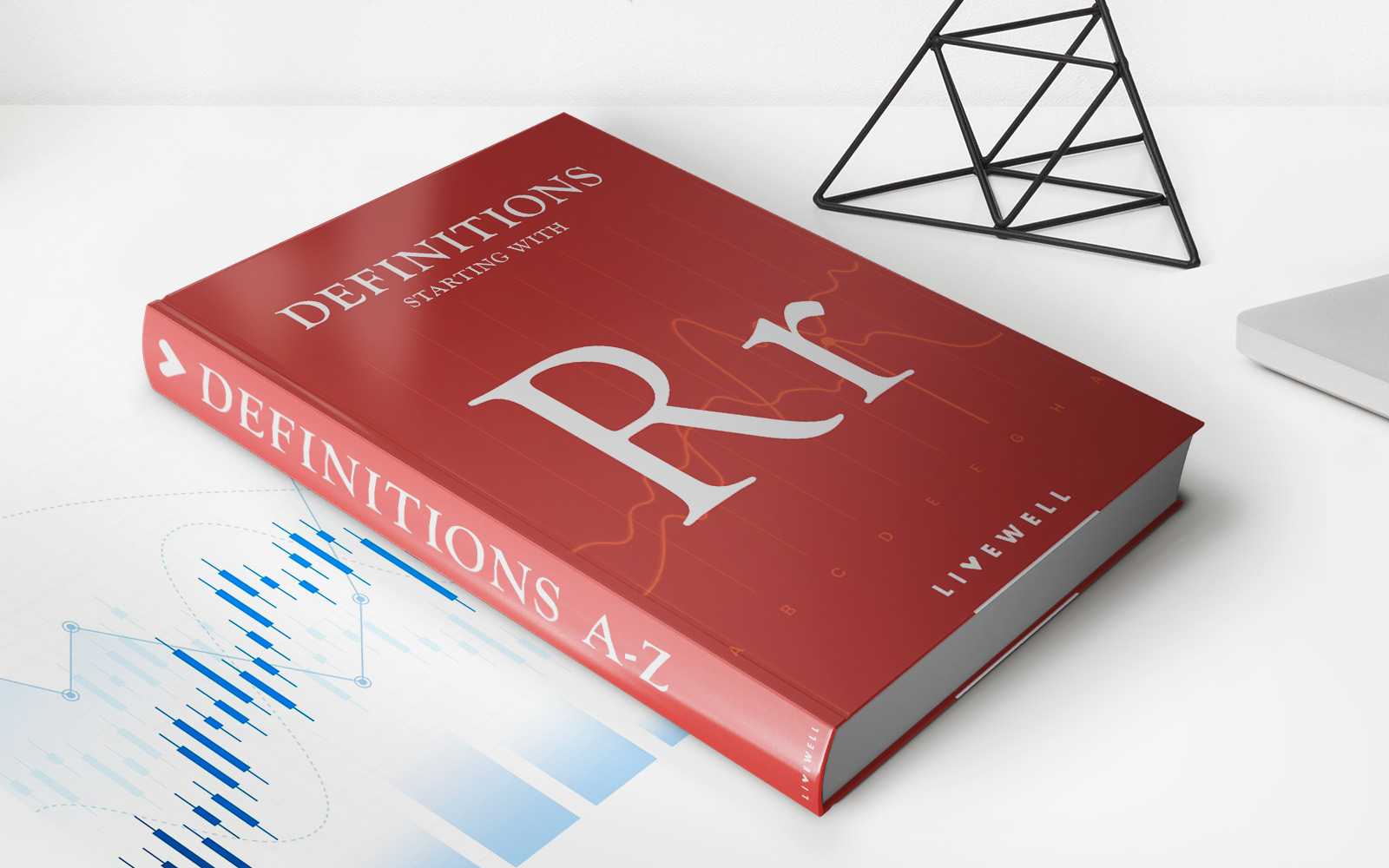Home>Finance>What Is The Grace Period On A Disability Policy That Has A Quarterly Premium Payment?


Finance
What Is The Grace Period On A Disability Policy That Has A Quarterly Premium Payment?
Published: February 21, 2024
Learn about the grace period for disability policies with quarterly premium payments. Understand the financial implications and importance of timely payments.
(Many of the links in this article redirect to a specific reviewed product. Your purchase of these products through affiliate links helps to generate commission for LiveWell, at no extra cost. Learn more)
Table of Contents
Introduction
When it comes to protecting one’s financial well-being, having a comprehensive insurance plan in place is essential. While many individuals are familiar with common types of insurance such as health, auto, and home insurance, the significance of disability insurance is often overlooked. However, understanding the nuances of disability insurance, including the grace period associated with premium payments, is crucial for ensuring financial security in the event of unexpected circumstances.
Disability insurance serves as a safety net, providing income replacement in the event that an individual becomes unable to work due to a disabling injury or illness. This type of insurance is designed to offer peace of mind by safeguarding individuals and their families from the potentially devastating financial impact of a disability.
Amidst the complexities of disability insurance, the grace period on premium payments plays a pivotal role in ensuring that policyholders maintain coverage even during challenging financial times. In this article, we will delve into the intricacies of disability policies, the significance of the grace period, and the specific considerations related to policies with quarterly premium payments. By understanding these fundamental aspects, individuals can make informed decisions and effectively protect their financial well-being.
Understanding Disability Policies
Disability insurance policies are designed to provide financial protection in the event that an individual becomes disabled and is unable to work. These policies offer a source of income replacement, ensuring that individuals can meet their financial obligations and maintain their standard of living if they experience a disability.
There are two primary types of disability insurance: short-term disability (STD) and long-term disability (LTD). Short-term disability insurance typically provides coverage for a short duration, often up to six months, following a disabling event. On the other hand, long-term disability insurance offers coverage for an extended period, ranging from several years to until the individual reaches retirement age.
Disability policies vary in their terms and conditions, and it is essential for individuals to carefully review and understand the specifics of their coverage. Key factors to consider include the definition of disability, the waiting period before benefits commence, the duration of benefits, and any exclusions or limitations within the policy.
Understanding the details of a disability policy is crucial for ensuring that it aligns with an individual’s unique needs and circumstances. By comprehensively grasping the intricacies of the policy, individuals can make informed decisions about their coverage and be better prepared to navigate any potential claims in the future.
The Grace Period on Disability Policies
Within the realm of disability insurance, the grace period holds significant importance for policyholders. The grace period refers to the specified duration after the premium due date during which a policyholder can make a premium payment without the risk of policy lapse. This period serves as a buffer, allowing individuals to ensure the continuity of their coverage even if they encounter temporary financial constraints.
During the grace period, the policy remains in force, and the policyholder continues to be protected by the terms of the insurance contract. It is crucial to note that while the grace period provides a temporary extension for premium payment, it does not alter the policy’s terms and conditions. Therefore, any claims made during the grace period will be subject to the same coverage provisions as outlined in the policy.
Policyholders should be mindful of the specific duration of the grace period outlined in their disability insurance policy. Commonly, grace periods span 30 days from the premium due date, providing a reasonable window for premium payment. However, it is essential to review the policy documentation to ascertain the exact length of the grace period and any additional provisions that may apply.
Understanding the grace period empowers policyholders to navigate their insurance responsibilities effectively, ensuring that they can maintain uninterrupted coverage even during challenging circumstances. By being aware of the grace period’s implications, individuals can take proactive measures to uphold their financial protection and mitigate the risk of policy lapse.
Quarterly Premium Payment
When it comes to paying for disability insurance, policyholders often have the flexibility to choose from various premium payment frequencies, including monthly, quarterly, semi-annually, or annually. Opting for a quarterly premium payment schedule entails making premium payments once every three months. This approach offers a balance between the frequency of payments and the convenience of managing insurance expenses.
For individuals who prefer the quarterly premium payment option, it is essential to understand the implications of this payment frequency in conjunction with the grace period. When a policyholder selects the quarterly payment schedule, they are required to make premium payments every three months to maintain continuous coverage under the disability insurance policy.
Given the quarterly nature of premium payments, it is crucial for policyholders to align their financial planning with the payment schedule to ensure timely and consistent premium remittance. Additionally, understanding the grace period associated with quarterly premium payments is vital, as it delineates the timeframe within which a premium must be paid to avoid a lapse in coverage.
Policyholders who opt for the quarterly premium payment schedule should be mindful of the due dates for each payment and proactively manage their financial resources to fulfill these obligations. By staying informed about the premium payment schedule and the corresponding grace period, individuals can uphold the continuity of their disability insurance coverage and safeguard their financial security in the face of unforeseen challenges.
The Importance of Knowing the Grace Period
Understanding the grace period associated with disability insurance policies is paramount for policyholders as it directly impacts the continuity and effectiveness of their coverage. By being well-informed about the grace period, individuals can proactively manage their premium payments and mitigate the risk of policy lapse, thereby ensuring uninterrupted protection in the event of a disability.
One of the primary reasons why knowing the grace period is crucial lies in its role as a safeguard against inadvertent policy termination. Life is replete with unexpected financial challenges, and individuals may encounter temporary difficulties in making premium payments. During such times, the grace period offers a buffer, allowing policyholders to rectify missed payments without immediate repercussions, thereby preventing a lapse in coverage.
Furthermore, understanding the grace period empowers policyholders to make informed decisions about their financial planning. By being cognizant of the grace period’s duration and implications, individuals can strategically manage their cash flow to ensure timely premium payments, thereby upholding the integrity of their disability insurance coverage.
Moreover, knowledge of the grace period fosters a sense of proactive financial responsibility. Policyholders who are aware of the grace period are better equipped to navigate unexpected circumstances, such as temporary financial constraints, and take timely action to preserve their insurance coverage. This proactive approach aligns with the overarching goal of disability insurance, which is to provide a safety net for individuals and their families during challenging times.
Ultimately, the importance of knowing the grace period on a disability policy with a quarterly premium payment lies in its ability to empower policyholders to uphold the continuity of their coverage, navigate financial uncertainties, and safeguard their financial well-being in the face of unforeseen adversities.
Conclusion
In conclusion, disability insurance serves as a vital component of financial planning, offering crucial protection in the event of a disabling injury or illness. Understanding the intricacies of disability policies, including the grace period associated with premium payments, is essential for ensuring the uninterrupted continuity of coverage.
Policyholders should familiarize themselves with the specific terms and conditions of their disability insurance policy, gaining insight into the grace period’s duration and its implications. By doing so, individuals can strategically manage their premium payments and navigate any temporary financial constraints without risking a lapse in coverage.
For those with a disability policy featuring a quarterly premium payment schedule, it is imperative to align financial planning with the payment frequency and the corresponding grace period. This proactive approach enables policyholders to uphold the integrity of their coverage, ensuring that they and their families remain protected even in the face of unexpected challenges.
Ultimately, the grace period on a disability policy with a quarterly premium payment serves as a safety net, offering policyholders the flexibility to manage their premium payments effectively while maintaining continuous coverage. By recognizing the importance of the grace period and its role in preserving financial security, individuals can make informed decisions and confidently navigate the complexities of disability insurance.
In essence, by understanding the nuances of disability policies and the significance of the grace period, individuals can fortify their financial well-being and embrace the future with confidence, knowing that they are equipped with the necessary safeguards to protect their livelihood and that of their loved ones.














